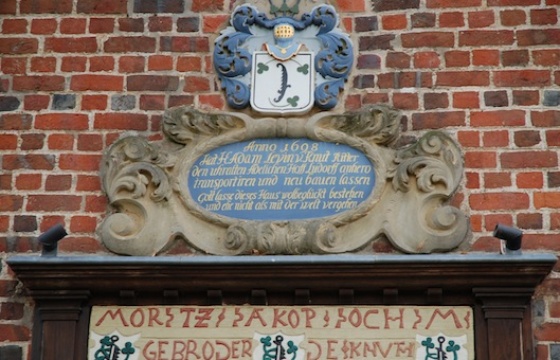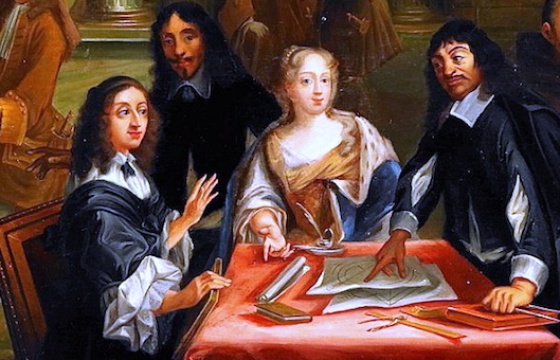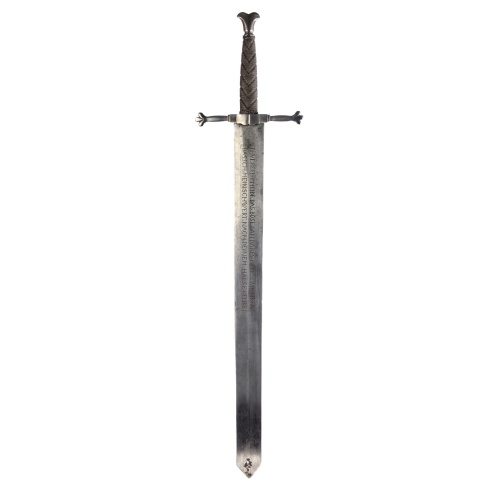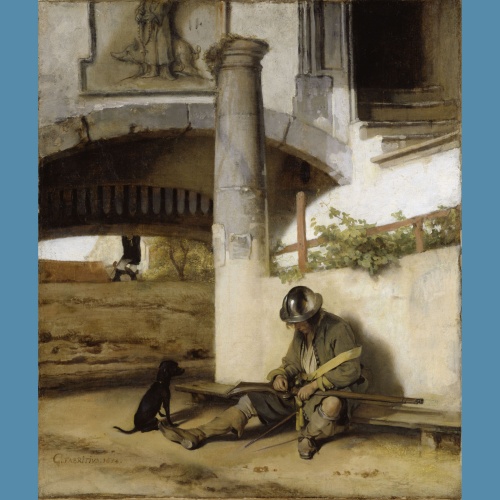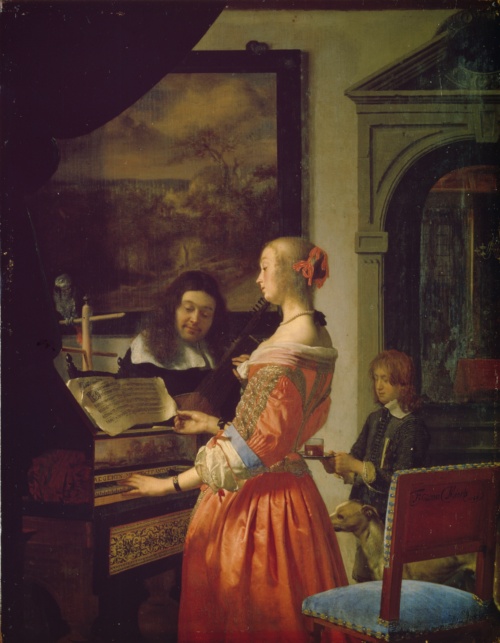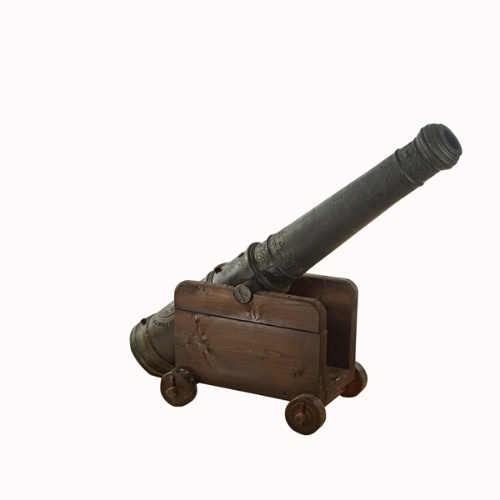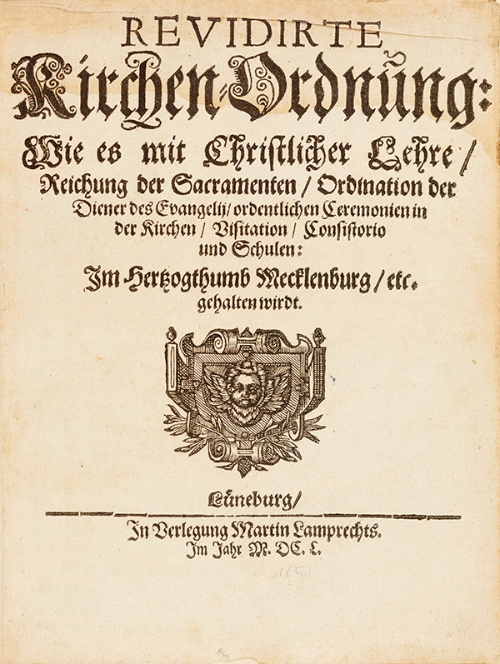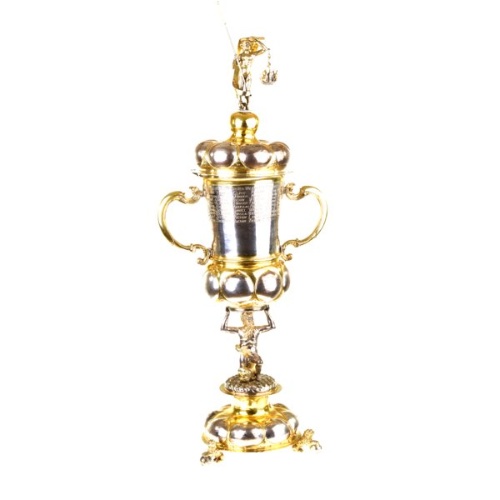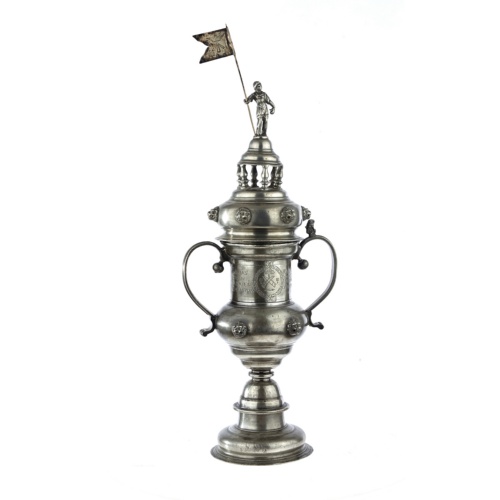The Pomeranian borders between Sweden and Brandenburg are settled in 1653. Christina, Queen of Sweden (1622–1689), rules the Pomeranian territories west of the river Oder, including Stettin. In 1654, her cousin Charles X. Gustav takes over the regency. He is succeeded by his son Charles XI. (1655–1697). The landed gentry accept the Swedish government of Western Pomerania in 1663 and form their own regional council. Order is restored to the state coffers. Stralsund is built as a fortress.
Trade in Swedish Pomerania centres mainly around the domestic market and exports of rye or malt. This is to the advantage of the port cities. The Hanseatic League meets for the last time in 1669.
The Swedes are keen to develop their land on the southern Baltic coast.
The University of Greifswald is well endowed, building a cultural and scientific bridge across the Baltic Sea. The ducal palaces in Stettin and Wolgast remain residences as well. Carl Gustav Wrangel becomes the Governor General of Swedish Pomerania.
Prussia tries to strengthen its position through wars.
The deforested coastal region becomes deserted. Wolves scour villages and cities. A shipyard established by the Swedes in Kaseburg near Swinemünde closes again once all the woodlands have been razed. Glassworks need hardwood for high temperatures. Pomerania's most profitable glass factory is built in Stolzenberg near Rothenklempenow in 1665.
Major landowners seize forsaken land and recruit villagers, owners of small farmsteads and cottagers to tend the properties. The class of independent farmers is almost entirely eradicated. The practice is defined in the Farming Ordinance of 1670.
The borders separate families and put an end to cultural contacts. Swedish and Pomeranian families grow together to form a new upper class.
Both parts of the country remain Protestant. The Elector of Brandenburg also allows a reformed church to settle in Kolberg.
